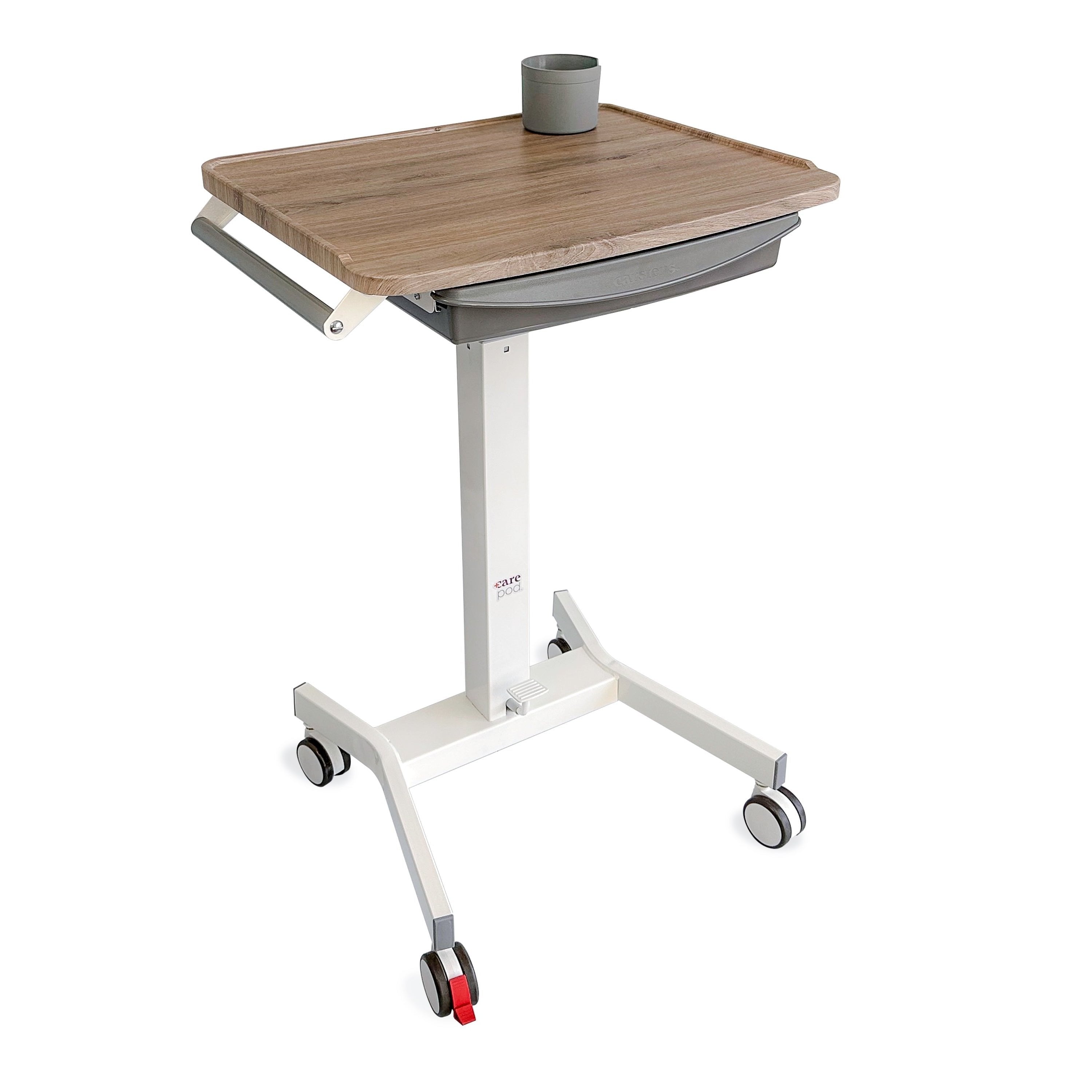More and more healthcare facilities opt for comprehensive electronic health record (EHR) systems rather than traditional charting methods. However, there are many reasons why paper medical charts are still important in hospitals and clinics. Learn more about the benefits of providing manual charting mediums for your medical staff.
Familiar to All Medical Staff
The first instance of EHR implementation within a healthcare facility occurred in the 1960s at the Mayo Clinic in Minnesota. Conversely, credible evidence suggests paper medical chart usage around 1,600–3,000 BCE by the ancient Egyptians! While electronic health records are certainly a net benefit for nurses, doctors, and patients alike, there’s no denying the longevity of the handwritten word.
Every nursing student learns manual charting techniques throughout their educational journey, making it the most accessible and familiar method for staff. Additionally, the need for expensive EHR training becomes unnecessary since manual charting is a skill staff already know and practice.
Convenient Format Modifications
Every hospital and healthcare facility is different. Therefore, most EHR programs are tailored to each specific business to ensure superior medical records. However, changing an electronic health record’s format or whole template after implementation isn’t always easy. In fact, most EHRs require a software developer to make any major changes to the overall system. This process is often expensive and may result in clinic downtime, which isn’t ideal.
Conversely, paper medical charts are extremely simple to modify, provided you have access to a basic text editing program. Furthermore, you can make physical adjustments to the paper chart during patient interactions to ensure the most effective care possible.
Dependable Backup Option
EHRs, as with any electronic system, rely on a steady power source. And similar to other advanced technologies, electronic healthcare records are vulnerable to power outages. During these outages, access to the EHR system is limited or completely impossible. Ultimately, this can hinder your ability to chart patients quickly and effectively. In moments such as these, you must have a dependable backup option ready for your medical staff. Nurses and doctors can rapidly adjust to a paper charting system throughout the downtime without sacrificing productivity.
These are just a few of the reasons paper medical charts are still important in healthcare facilities and clinics. Ensure your staff is prepared for any situation by providing them with quality electronic and physical medical office supplies.






